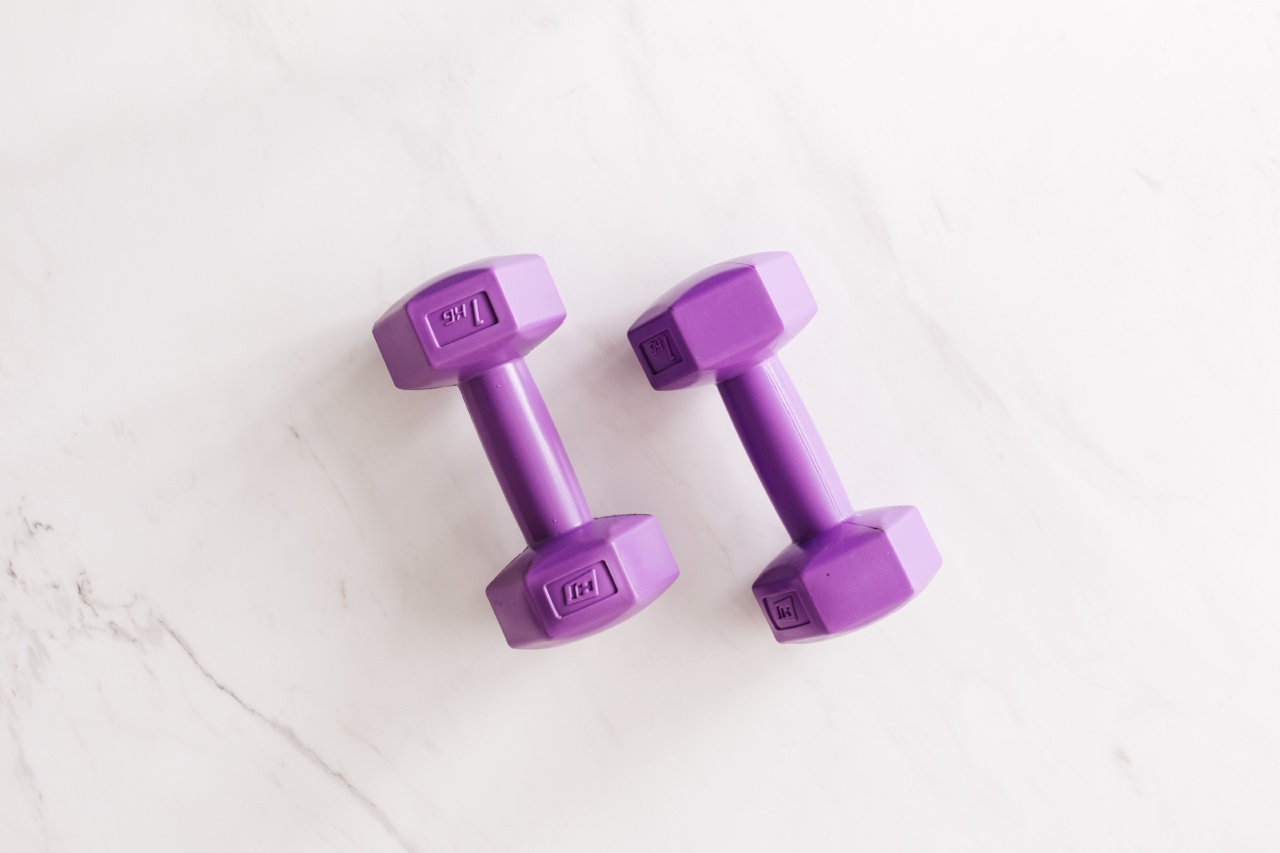Fiber is a type of carbohydrate that is found in plant-based foods such as fruits, vegetables, whole grains, and legumes. It is essential for maintaining good health, and has been shown to play a significant role in weight management.
However, there are many myths and misconceptions surrounding fiber and its effects on weight loss. In this article, we will separate fact from fiction when it comes to fiber and weight management.
What is Fiber?
Fiber is a type of carbohydrate that our bodies cannot digest. There are two types of fiber: soluble and insoluble. Soluble fiber dissolves in water and forms a gel-like substance in our digestive system.
This type of fiber is found in foods such as oats, apples, beans, and berries. Insoluble fiber, on the other hand, does not dissolve in water and helps to move food through our digestive system. This type of fiber is found in foods such as whole wheat bread, broccoli, and nuts.
How Does Fiber Help with Weight Management?
One of the ways in which fiber helps with weight management is by increasing feelings of fullness. Foods that are high in fiber take longer to digest, which means that they stay in our stomachs for longer periods of time.
This can help to reduce hunger and decrease the amount of food we eat at future meals.
Fiber can also help to regulate blood sugar levels. When we eat foods that are high in fiber, the carbohydrates are broken down more slowly.
This means that the energy from these foods is released more slowly, which helps to prevent spikes in blood sugar levels. This can be particularly beneficial for people with type 2 diabetes, as it can help to improve blood sugar control.
In addition, fiber can help to reduce the number of calories we absorb from our food. When we eat foods that are high in fiber, some of the calories are not absorbed by our bodies.
This is because fiber binds to some of the nutrients in our food, making them unavailable for absorption. This can help to reduce the total number of calories we consume, which can lead to weight loss over time.
Myths and Misconceptions about Fiber and Weight Loss
Despite the many benefits of fiber for weight management, there are still many myths and misconceptions surrounding this nutrient. Let’s take a look at some of the most common myths:.
Myth #1: All Carbs are bad for Weight Loss
Many people believe that all carbs are bad for weight loss, which is simply not true.
While it is true that some carbs, such as refined carbohydrates found in white bread and sugary treats, can contribute to weight gain, complex carbohydrates found in whole grains and fruits and vegetables can actually aid in weight loss. These carbohydrates are high in fiber, which can help you feel full and satisfied, leading to lower calorie consumption over time.
Myth #2: You Need to Eat Large Amounts of Fiber to Lose Weight
While it is true that fiber can be helpful for weight loss, you do not necessarily need to eat large amounts of fiber in order to see results.
Simply adding more fiber to your diet, such as by eating more fruits, vegetables, and whole grains, can be enough to make a noticeable difference in your weight. It’s important to remember that a balanced diet is key to weight management, and that fiber is just one piece of the puzzle.
Myth #3: You Can Only Get Fiber from Supplements
Some people believe that they can only get enough fiber from supplements, such as powders or capsules. While fiber supplements can be helpful for some people, it’s generally better to get your fiber from whole foods.
This is because whole foods contain not only fiber, but also other important nutrients that can contribute to weight loss and overall health.
How to Increase Your Fiber Intake
Now that we have explored the relationship between fiber and weight management, let’s take a look at some practical tips for increasing your fiber intake:.
Tip #1: Eat More Fruits and Vegetables
Fruits and vegetables are some of the best sources of fiber, and they are also packed with other important nutrients. Aim to include at least five servings of fruits and vegetables in your diet each day.
Tip #2: Choose Whole Grains
When choosing grains, look for whole grain options such as brown rice, quinoa, and whole wheat bread. These options are higher in fiber than their refined counterparts, and can help you feel more full and satisfied after meals.
Tip #3: Include Beans and Legumes in Your Diet
Beans and legumes, such as lentils and chickpeas, are also excellent sources of fiber. They are also high in protein, which can help to keep you feeling full between meals.
Tip #4: Snack on High-Fiber Foods
If you’re looking for a quick and easy way to increase your fiber intake, try snacking on high-fiber foods such as apples, carrots, and nuts.
Conclusion
Fiber is an essential nutrient for good health, and can also play an important role in weight management.
By increasing your intake of fiber-rich foods such as fruits, vegetables, and whole grains, you can improve your overall health and reach your weight loss goals. Don’t believe the myths and misconceptions surrounding fiber and weight loss—simply incorporating more fiber into your diet can make a noticeable difference over time.




























